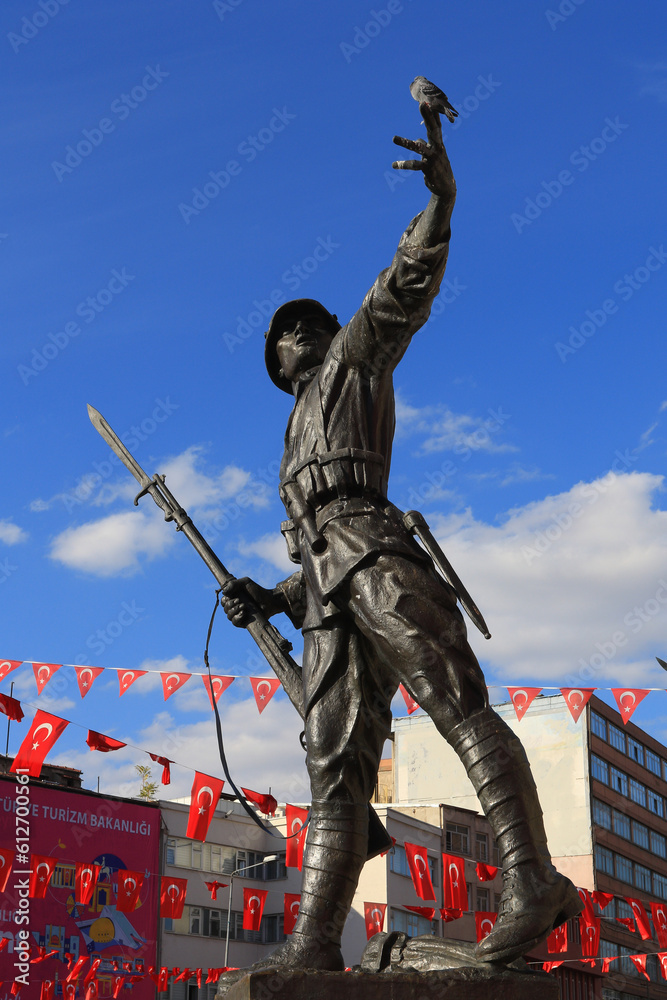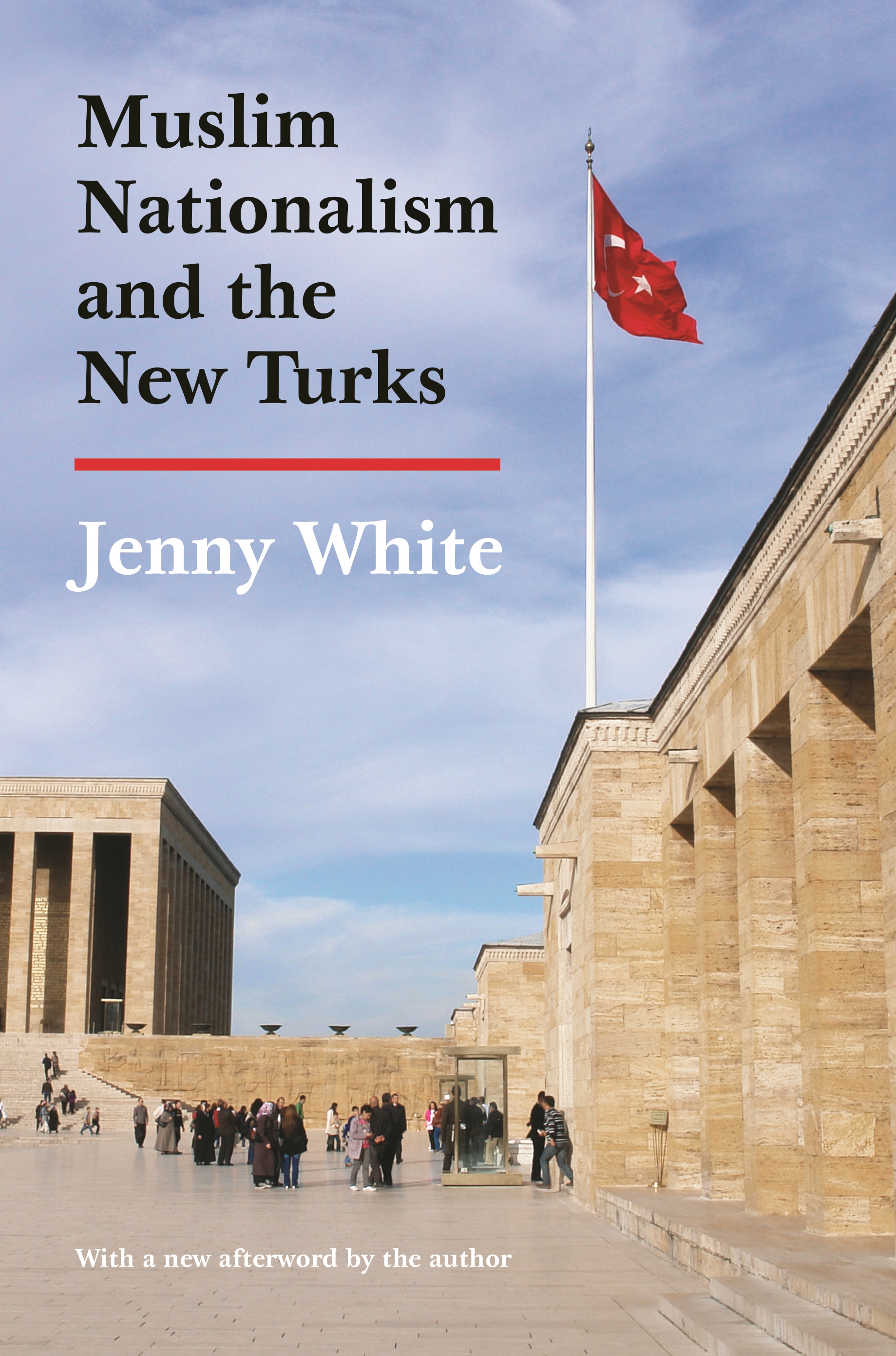Is the tapestry of Turkish identity woven from threads of a single hue, or is it a rich mosaic reflecting the diverse influences that have shaped the nation? The truth is, the concept of whiteness when applied to Turkish people is a complex and often contested notion, deeply intertwined with history, geography, culture, and self-perception.
The question of Turkish identity, particularly in relation to racial categorization, is far from straightforward. For generations, Turkey has grappled with its place in the world, a nation straddling the continents of Europe and Asia, and its people reflecting this unique geographical position. The nation's modernization efforts were, in part, fueled by the question of how the world perceived the Turkish people, and the uncertainty surrounding their categorization as white played a significant role. This, in turn, shaped the state's narrative of national identity and its dissemination through education, solidifying certain perceptions and interpretations.
The ethnic makeup of the Turkish population is a fascinating blend. According to available data, the ancestry of Turkish people is a complex mixture. Genetic studies indicate that Turkish ancestry is approximately 38% European, 35% Middle Eastern, 18% South Asian, and 9% Central Asian. This demonstrates a rich history of migration, interaction, and integration across various regions.
The very concept of whiteness itself becomes problematic when applied to the diverse population of Turkey. The term is not universally understood, and its application varies across cultures and historical contexts. In the context of Turkey, its association with European physical traits and cultural influences leads some individuals to identify with this category. The physical appearance of Turkish people varies greatly, reflecting their mixed heritage. Some individuals share physical characteristics with people from the Balkans and Southern Europe, which can lead to misunderstandings and varied self-identification.
The official language of Turkey is Turkish, a Turkic language spoken by the majority of the population within Turkey. However, Turkish is also spoken by significant populations in other countries, including Azerbaijan, Kazakhstan, and Turkmenistan. The language itself serves as a critical element of national identity, but linguistic commonality doesn't necessarily translate to homogenous racial identity.
Over the course of ninety years since the establishment of the Republic, Turkish society has become increasingly complex, and the limitations and contradictions inherent in national identity have become more apparent. The nation's identity is not fixed, but rather a dynamic entity that evolves with changing times and social dynamics. In the broader context, understanding the nuances of Turkish identity requires moving beyond simplistic racial categorizations and embracing the complexities of cultural, historical, and geographical influences.
Furthermore, in the context of a globalized world, where cultural exchanges and interactions have become increasingly common, the concept of race is constantly changing and evolving. As such, the Turkish case serves as a compelling reminder that identity is rarely a straightforward concept. The people of Turkey, as the largest Turkic ethnic group, are an example of a people shaped by centuries of interaction and migration across diverse regions. Their history, language, and culture offer a vibrant example of how human identity is constantly being rewritten.
The Turkish people, like many other populations, hold diverse views on their racial classification. Some Turkish people may identify as white, underlining the influence of European cultural influences and physical features. Others may choose to embrace the mixed heritage as a source of pride. This diverse set of views reflects the inherent richness and complexity of the Turkish experience.
| Attribute | Details |
|---|---|
| Official Name | Republic of Turkey |
| Capital | Ankara |
| Largest City | Istanbul |
| Official Language | Turkish |
| Population (2023 est.) | Approximately 85 million |
| Ethnic Groups | Turkish (70-75%), Kurdish (18-20%), other minorities (Armenians, Greeks, etc.) |
| Religion | Islam (predominantly Sunni) |
| Government | Presidential Republic |
| Geographic Location | Transcontinental country, located in both Europe and Asia |
| Major Industries | Tourism, textiles, automotive, construction, and agriculture |
| Currency | Turkish Lira (TRY) |
| Notable Cultural Aspects | Turkish cuisine, carpet weaving, traditional music and dance (e.g., Halay, Zeybek) |
| Historical Context | Ottoman Empire, Republic of Turkey established in 1923, significant historical and cultural crossroads. |
| Reference | Wikipedia - Turkey |



